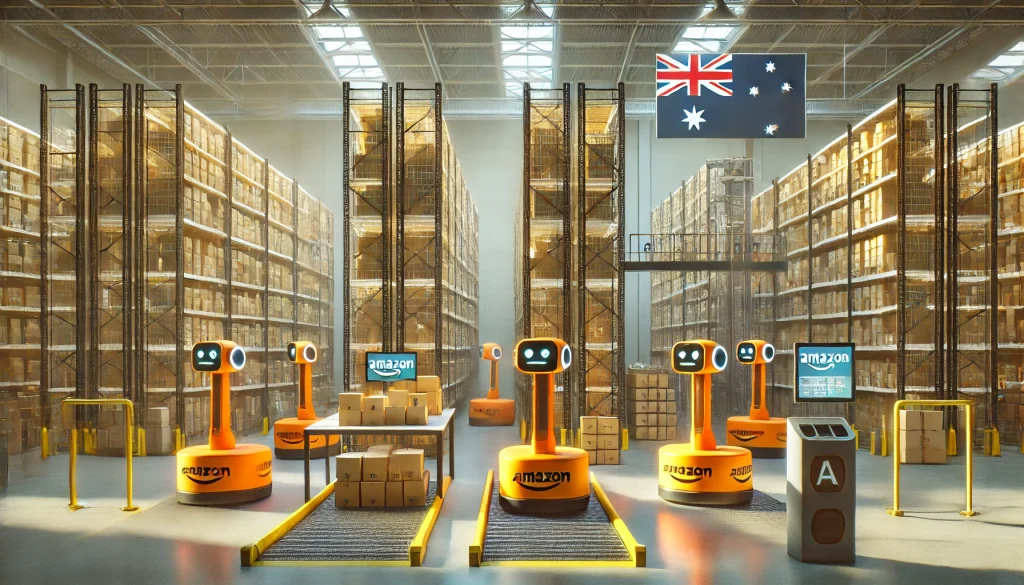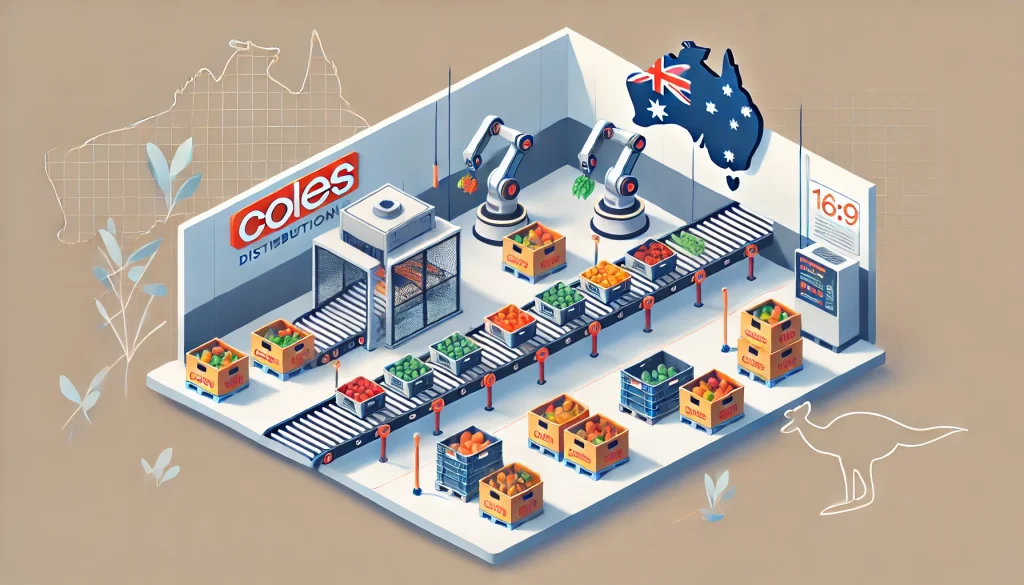Australia’s retail landscape is undergoing a seismic shift as Amazon ramps up its robotics investments in fulfilment centers, while Coles adopts similar strategies to streamline distribution. These automation efforts promise faster delivery and leaner operations, yet they also raise questions about job displacement, worker retraining, and the long-term impact on supply chains. Below, we explore the drivers behind this retail robotics revolution, the technology being deployed, and expert opinions on whether these changes augment or threaten Australian jobs.

1. Amazon’s Growing Footprint in Australia
1.1 Robotics for Speed and Scale
- Automated Fulfilment: Amazon’s expanding network of Australian warehouses increasingly rely on Kiva-style robots to move shelves, sort products, and optimize picking processes.
- Drone Delivery Trials: Rumors persist of advanced drone trials in select regional areas, targeting last-mile solutions for remote communities.
Impact:
- Reduced Fulfilment Time: Automated picking can slash shipping windows from days to hours.
- Complex Logistics: Integrating drones and advanced robotics requires robust regulatory compliance, especially around flight paths and safety.
1.2 Debates Over Job Displacement
- Shifting Roles: Traditional picking/packing positions may dwindle, replaced by roles overseeing robotics or data analytics.
- Upskilling: Amazon touts internal programs to retrain workers for tech-driven tasks, though critics say not all staff can pivot easily.
Expert Insight:
- Dr. Melanie Yu, a supply chain academic at the University of Melbourne, notes, “Automation can augment human roles but demands strong reskilling efforts. Without that, we risk pockets of unemployment, especially in regional hubs.”
2. Coles’ Robotics Journey

2.1 Automated Distribution Centers
- Smart Warehouses: Coles invests in automated storage & retrieval systems (AS/RS), letting robots retrieve items from tall racking with minimal human intervention.
- Collaborations: Partnerships with robotics vendors help them refine tasks like produce sorting, which historically rely on manual labor.
Example:
- A state-of-the-art Coles DC in Victoria employs robotic arms to handle certain fruit and vegetable crates, reducing repetitive strain injuries among workers while ensuring consistent throughput.
2.2 AI-Driven Inventory Management
- Forecasting: Coles also leverages AI for more accurate demand forecasting, reducing fresh stock waste.
- Just-In-Time Approach: With improved data analytics, the chain aims to keep in-store shelves well-stocked without over-ordering.
Outcome:
- This approach can lead to fewer store-based employees if the chain invests more in self-checkouts and automated stocking.
- However, it also fosters new roles in data science, systems maintenance, and robotics oversight.
3. Transforming Retail and Logistics in Australia
3.1 Faster Delivery Expectations
- 1-Day Shipping Norm: Amazon’s advanced robotics shortens lead times, raising consumer expectations for near-instant shipping.
- Same-Day Groceries?: Coles can push quick grocery deliveries if fully automated DCs coordinate with fast last-mile solutions (like localized micro-fulfilment).
Challenge:
- Supporting regional or remote communities with the same speed as metropolitan areas might be hampered by limited transport infrastructure or higher robotic deployment costs.
3.2 Impact on Local Competition
- Independent Retailers: Smaller chains may struggle to match the cost efficiency of advanced robotics.
- Tech Partnerships: Some indie retailers might integrate third-party logistics solutions or robotics-as-a-service vendors to remain competitive.
Insights:
- Nicole Browning, a retail consultant, suggests “local groceries can remain resilient by focusing on fresh, local produce and a personal touch, but automation is creeping in—for instance, small automation pods for e-commerce orders.”
4. Debate: Job Displacement vs. Augmentation
4.1 Displacement Concerns
- Automation Anxiety: Warehouse roles historically offer stable jobs in suburban and regional areas. Replacing them with robots can lead to job loss or relocations.
- Policy & Education: Critics demand stronger government intervention—subsidized skill programs for workers transitioning into tech-based roles or advanced forklift robotics handling.
4.2 Augmenting the Workforce
- New Roles: Service technicians, data analysts, robotics operators, or AI trainers are on the rise.
- Productivity Gains: Freed from manual tasks, some employees shift to value-added roles like customer service or store experiences.
Balancing Act:
- Economists highlight that while certain job categories decline, historically, new technology spurs alternative opportunities. The net effect depends on training availability and worker mobility.
5. Industry Expert Opinions
5.1 Local Government View
- Some city councils near major DC hubs see opportunities: “We’re trying to attract advanced manufacturing and robotics labs,” says a Melbourne-based official. “If we become a robotics cluster, we create synergy with big players like Amazon and Coles.”
5.2 Union Perspective
- National union reps caution that unskilled or lower-skilled roles might vanish faster than new positions appear. They call for “clear transitional programs” ensuring no communities are left behind.
5.3 Tech Entrepreneurs
- Startups see a chance to develop AI and robotic solutions for the retail giants or smaller supermarket chains, fueling Australia’s local tech ecosystem.
6. Looking Ahead
- Further Automation: Over the next few years, expect more advanced cobots (collaborative robots) in store aisles, real-time shelf stock scanning, or drone-based inventory checks.
- In-Store Robot Assistants: Both Amazon Fresh–style stores and large Coles outlets might test robotic floor assistants for quick product retrieval, freeing staff for customer engagement.
- Policy Implications: Public debates about the social contract around job security, data privacy (with advanced tracking?), and local manufacturing will intensify as automation scales.
Final Note: Australia’s retail sector is on the brink of transformation, spurred by Amazon’s deep pockets and Coles’ domestic influence. Embracing robotics can streamline supply chains, reduce operational costs, and meet consumer demands for swift service. Yet, to ensure sustainable change, stakeholders must navigate job displacement, skill transitions, and potential disruptions to local retailers—creating a balanced future that fosters both economic growth and inclusive opportunity.









